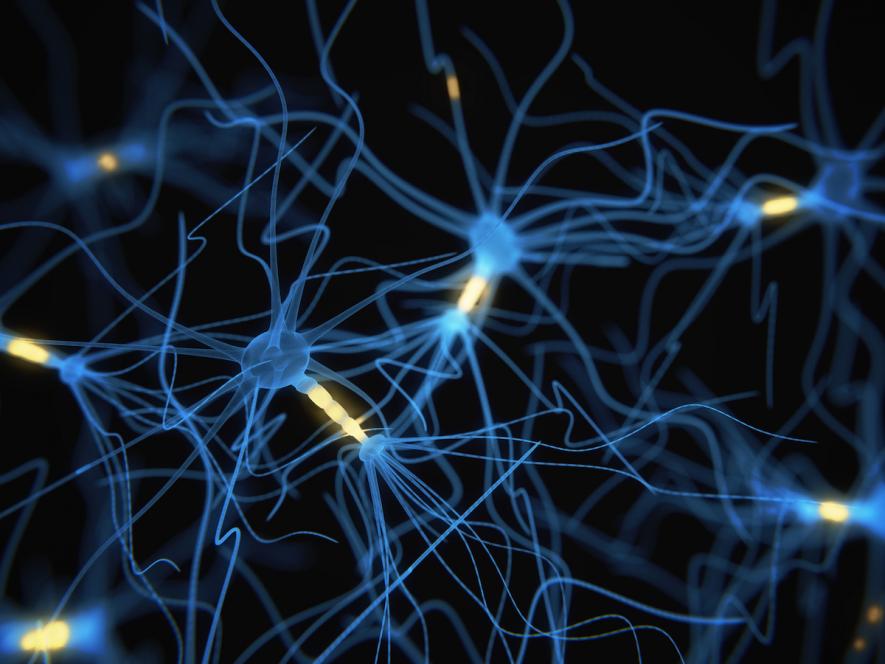
The sacrum is the large triangular bone at the base of the spine, composed of five fused vertebrae, connected to the L5 vertebra above and the coccyx (tailbone) below. Part of its function is to support the spine, however it also contains spinal nerves including the sacral nerves – five pairs of nerves that are involved in connecting the brain to the descending colon, the rectum, the bladder and the genitals. These nerves allow sensory signals to go to the brain and motor (movement) and autonomic signals to be transmitted by the brain.
Any disruption to this nerve signal pathway can result in problems such as…
- Urinary incontinence
- Faecal incontinence
- Constipation
- Pelvic pain
The causes of these issues can be many and varied, from neurological injury to conditions such as polyps, stones or a tumour in the bladder*, and in some cases it is not possible to determine the exact cause.
Sacral nerve stimulation, also referred to as 'sacral neuromodulation', is a treatment which involves artificially stimulating muscle contractions in the pelvic floor and so return bowel control by in effect building up the strength of the muscles involved in the movement. In many cases sacral nerve stimulation is able to eliminate the condition entirely.
Although medical science does not (yet) fully understand how sacral nerve stimulation works, nerve stimulation as a mechanism for pain relief was first recognised in the 1970s with the introduction of the TENS (Transcutaneous Electrical Nerve Stimulation) machine. A TENS machine uses electrodes placed on the surface of the skin and in early tests was also found to be capable of providing effective sacral nerve stimulation for patients with faecal incontinence. In 1988 the first test of the current sacral nerve stimulation method - of placing the electrode under the skin – was successfully carried out and in 2005 the procedure was endorsed for use in Australia to help the estimated 850,000 sufferers of faecal incontinence here.
Sacral nerve stimulation is only an option for patients where the anal sphincter is 'anatomically intact' (ie it has not sustained injury or where that injury has been surgically repaired). Even then, it does not work for all patients, which is why a short period of assessment is required before any procedure to permanently implant the sacral nerve stimulation device goes ahead (see more information on temporary stimulator placement here). If this initial assessment indicates that sacral nerve stimulation will help, a short procedure to permanently implant the device is needed.
This involves the placement under the skin (normally in the upper buttock) of the neurostimulation device (which is around the size of a matchbox) and then electrodes are fixed in place close to the S3 nerve, which controls the anal sphincter complex. An external 'remote' allows the medical specialist to set or adjust how the device works and, as it is battery powered, batteries may need to be replaced every 5-10 years, which involves a simple and quick outpatient procedure.
*the presence of polyps, stones or bladder tumours must be excluded before considering sacral nerve stimulation